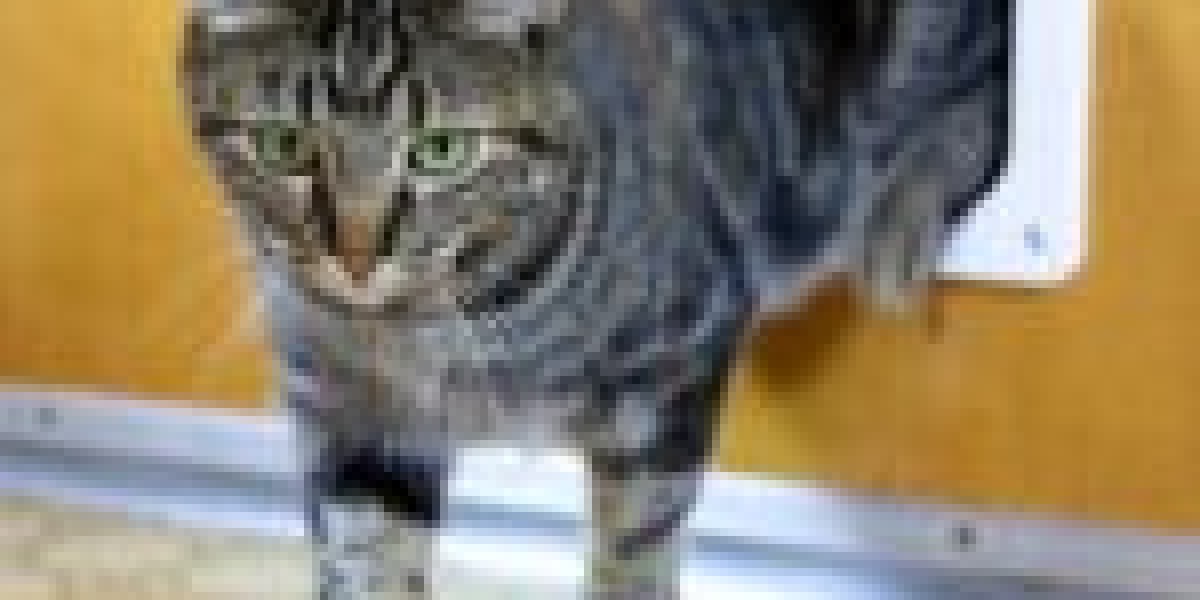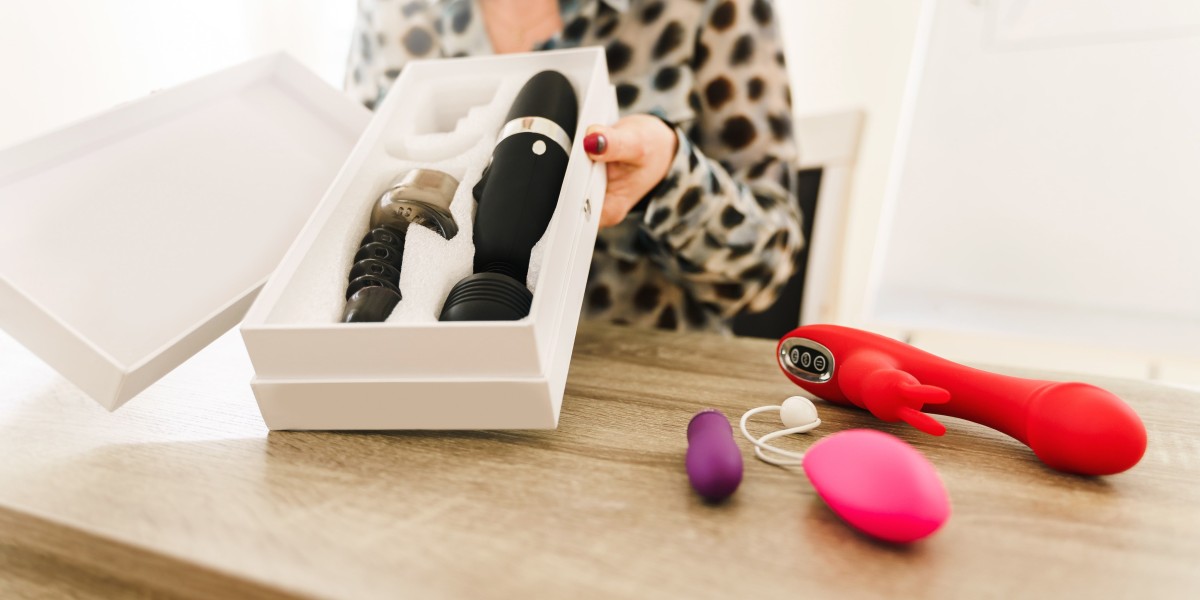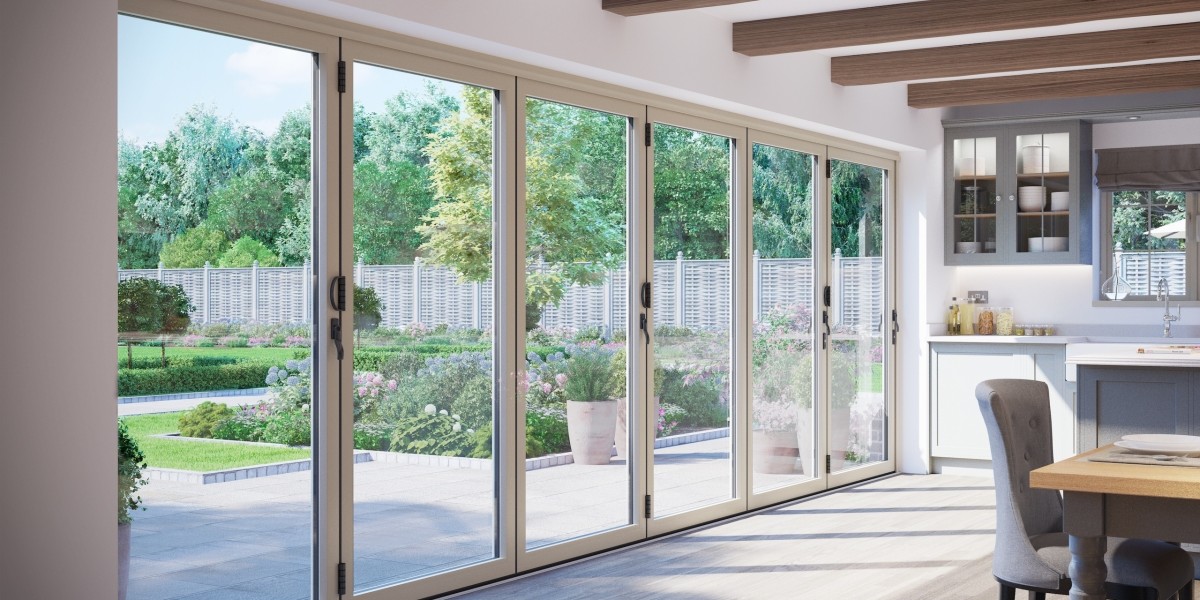
Keeping the Purrfect Passage Open: A Guide to Cat Door Maintenance
Cat doors, also known as pet doors or cat flaps, are a fantastic addition to any home with feline companions. They offer felines the liberty to check out the outdoors (or designated locations within the house) and relieve themselves, all while offering owners assurance and lowering the number of impromptu door-opening requests. Nevertheless, like any other feature of a house, cat doors are not immune to wear and tear. Regular maintenance is important to guarantee they continue to function properly, stay safe and secure, and provide a comfy and safe passage for your cherished cat. Disregarding maintenance can lead to a host of issues, ranging from a stiff and noisy flap to a complete breakdown, possibly locking your cat out or, even worse, compromising your home's security.
This article will look into the significance of cat door maintenance, detailing the essential steps to keep your pet's access point in prime condition. By understanding the basic upkeep required, you can extend the lifespan of your cat door, guarantee your cat's continued flexibility, and avoid expensive repairs or replacements down the line.
Why Regular Cat Door Maintenance Matters
Keeping your cat door is more than simply a cosmetic task; it's an investment in the performance, security, and durability of the function, as well as the comfort and wellness of your cat. Here are some essential factors why routine maintenance is crucial:
- Ensures Smooth Operation: Dust, debris, and weather condition aspects can collect around the hinges and flap of a cat door, triggering it to become stiff, sticky, or noisy when opening and closing. Routine cleansing and lubrication prevent these issues, making sure the door operates smoothly and quietly, encouraging your cat to use it without hesitation.
- Extends the Lifespan of the Door: Like any mechanical component, cat doors are subject to wear and tear. Neglecting maintenance can accelerate this process, causing premature damage and the requirement for replacement. Regular cleansing, lubrication, and dealing with minor issues immediately can considerably extend the lifespan of your cat door, conserving you cash in the long run.
- Maintains Security: An effectively operating cat door need to close safely after your cat goes through. Harmed or incorrectly maintained doors may not close completely, potentially compromising your home's security by leaving spaces that could be exploited by trespassers or permit drafts and bugs to get in. For electronic or microchip-operated doors, constant maintenance makes sure the locking mechanisms and sensing units work reliably, maintaining regulated access.
- Avoids Drafts and Energy Loss: An improperly maintained cat door can become a considerable source of drafts, especially in cooler environments. Spaces around the flap or frame due to damage or debris can let cold air in and warm air out, increasing your energy bills. Proper sealing and weather removing maintenance is necessary to keep energy effectiveness.
- Promotes Hygiene: Cat doors are exposed to the aspects and can build up dirt, mud, and even insect problems gradually. Routine cleansing assists maintain a sanitary passage for your cat and avoids the transfer of dirt and bacteria into your home.
- Reduces Noise: An ignored cat door can become noisy, particularly in windy conditions. Squeaking hinges or a rattling flap can be disruptive to both you and your cat. Lubrication and tightening of loose parts can significantly decrease sound levels.
- Early Detection of Problems: Routine maintenance enables you to examine your cat door closely and identify any potential concerns early on, such as fractures, loose screws, or malfunctioning parts. Resolving these minor issues promptly can prevent them from escalating into more significant and costly repair work.
Types of Cat Doors and Maintenance Considerations
While the essential maintenance principles apply across a lot of cat doors, various types may have specific requirements. Here's a brief introduction of typical cat door types and maintenance factors to consider:
- Basic Flap Doors: These are the easiest and most typical type. Maintenance mostly includes cleaning up the flap and frame, lubricating hinges, and looking for damage to the flap material (plastic, rubber, or versatile polymer).
- Magnetic Cat Doors: These doors utilize a magnetic collar secret to enable entry only to cats wearing the key. Maintenance includes the exact same jobs as basic flap doors, plus making sure the magnetic system is clean and complimentary of particles. Also, examine the collar secret's magnet is still functional.
- Microchip Cat Doors: These doors utilize a microchip scanner to recognize your cat's implanted microchip, providing selective entry. Maintenance includes cleaning, looking for damage, and sometimes replacing batteries if it is battery-powered. The scanner lens should be kept tidy for reputable chip detection.
- Electronic Cat Doors: These doors may utilize infrared or radio frequency (RFID) innovation for selective entry, frequently with innovative features like curfew settings. Maintenance involves cleansing, checking for damage, battery replacement (if suitable), and occasionally recalibrating or reprogramming the electronic parts according to the producer's directions.
Essential Cat Door Maintenance Tasks: A Step-by-Step Guide
Developing a regular maintenance schedule will keep your cat door working optimally. Here's a breakdown of typical maintenance tasks:
1. Regular Cleaning (Weekly/Bi-weekly):
- Gather Supplies: You will require:
- Mild soap or cleaning agent
- Warm water
- Soft fabric or sponge
- Paper towels or a clean, dry cloth
- (Optional) Disinfectant wipes (pet-safe)
- Wipe Down the Flap: Use a damp fabric or sponge with soapy water to clean up both sides of the flap. Get rid of any dirt, mud, fur, or insect residue.
- Tidy the Frame: Clean the entire frame of the cat door, both inside and out. Focus on corners and crevices where dirt can collect.
- Dry Thoroughly: Ensure all parts are entirely dry to prevent mildew or rust.
- Sanitize (Optional): If preferred, use pet-safe disinfectant wipes to sterilize the door and frame, particularly if you have multiple cats or wish to keep extra hygiene.
2. Lubrication (Monthly/As Needed):
- Identify Hinges and Moving Parts: Locate the hinges, pivots, or any other moving parts of the cat rescue door installation door mechanism.
- Apply Lubricant: Use a silicone-based lubricant spray or a dry lube (like graphite powder) specifically designed for hinges and moving parts. Prevent oil-based lubricants, as they can draw in dust and end up being sticky in time. Apply sparingly to avoid drips.
- Work the Door: Open and close the cat door flap several times to disperse the lube evenly and make sure smooth, quiet operation. Wipe away any excess lubricant.
3. Inspection and Repair (Monthly/Seasonally):
- Check for Damage: Carefully inspect the flap for fractures, tears, or warping. Look for damage to the frame, weather condition removing, or any locking systems.
- Tighten Up Loose Screws: Check all screws securing the door frame to the door or wall and tighten up any that are loose. Loose screws can result in instability and drafts.
- Examine Weather Stripping: Examine the weather stripping around the flap and frame for damage, cracks, or gaps. Change damaged weather removing to maintain an excellent seal and prevent drafts.
- Battery Check (Electronic/Microchip Doors): If your door is battery-operated, examine the battery level routinely and replace batteries according to the maker's suggestions. Low batteries can cause breakdowns and undependable operation.
- Sensor Cleaning (Microchip/Electronic Doors): Gently clean the sensor lens with a soft, dry fabric to make sure accurate chip or key detection.
4. Seasonal Maintenance:
- Winter:
- Check for ice accumulation around the flap and frame. Carefully get rid of ice to avoid damage and ensure smooth operation.
- Make sure weather condition stripping remains in good condition to avoid drafts and cold air entry.
- Summer:
- Check for insect nests or infestations around the cat door. Tidy away any nests and think about utilizing pet-safe insect repellent around the door frame.
- Make sure correct ventilation around the door opening to avoid humidity accumulation and possible mildew development.
Tools and Supplies for Cat Door Maintenance
Keeping a small set of maintenance tools and products useful will make routine maintenance simpler and more efficient. Think about putting together the following:
- Soft cloths and sponges
- Moderate soap or detergent
- Silicone lubricant spray or dry lubricant
- Screwdriver (Phillips and flathead)
- Pet-safe disinfectant wipes (optional)
- Replacement weather condition removing (if needed)
- Small brush for cleaning up crevices
- Paper towels
- Replacement batteries (if relevant)
DIY vs. Professional Help
The majority of routine cat door maintenance tasks are simple and can be quickly handled by homeowners. Nevertheless, there are situations where looking for professional assistance might be suggested:
- Significant Damage: If you discover comprehensive damage to the door frame, flap, or locking systems, professional repair or replacement might be necessary.
- Electronic Malfunctions: Troubleshooting electronic or microchip door malfunctions can be complicated. If you are unsure how to detect or repair electronic problems, speak with a professional installer or a certified technician.
- Installation Issues: If you are experiencing consistent problems after setting up a new cat door, it may be due to installation mistakes. A professional installer can evaluate the situation and correct any problems.
Routine cat door maintenance is a simple yet essential aspect of accountable pet ownership for those who select to offer their feline pals with this flexibility. By devoting a percentage of time to cleaning, lubricating, and inspecting your cat door, you can ensure its ongoing smooth operation, longevity, security, and hygiene. A well-kept cat door provides your cat flap maintenance with constant access to the outdoors world (or designated indoor locations), adding to their happiness and well-being, while likewise offering assurance for you. Taking proactive actions to care for your cat door will keep the purrfect passage open for many years to come.
FAQs about Cat Door Maintenance
Q: How often should I clean my cat door?
A: Aim to clean your insured cat Flap Installation door weekly or bi-weekly for standard flap doors. For electronic or microchip doors that might build up more dirt around the sensor locations, weekly cleansing is suggested.
Q: What kind of lube should I use on my cat door hinges?
A: Silicone-based lube spray or dry lubricant (like graphite powder) is recommended. Avoid oil-based lubes as they can draw in dust and end up being sticky.
Q: How do I clean up a microchip cat door sensing unit?
A: Use a soft, dry cloth to carefully wipe the sensing unit lens. Prevent utilizing liquids or abrasive cleaners, as they might harm the sensor.
Q: My cat door flap is sticking. What should I do?
A: First, tidy the flap and frame thoroughly. Then, apply a percentage of lubricant to the hinges and moving parts. If the sticking persists, look for any damage to the flap or frame and think about tightening screws or adjusting the door positioning.
Q: How do I understand when to change the batteries in my electronic cat door with cat flap?
A: Electronic cat doors usually have a low battery indication light or caution signal. Refer to your door's handbook for particular directions on battery replacement. It's a great practice to replace batteries proactively, perhaps every 6-12 months depending upon usage and battery type.
Q: Can I utilize home cleaners to clean my cat door?
A: Yes, you can use mild soap or cleaning agent watered down in warm water. Avoid harsh chemicals or abrasive cleaners that could harm the door product. Ensure any cleansing products are pet-safe.
Q: My cat door is letting in drafts. How can I fix this?
A: Inspect the weather stripping around the flap and frame. Replace any broken or worn weather condition stripping. Make sure the door frame is securely set up and tighten any loose screws. You can likewise consider including extra weather condition stripping or a draft excluder specifically developed for pet doors.







